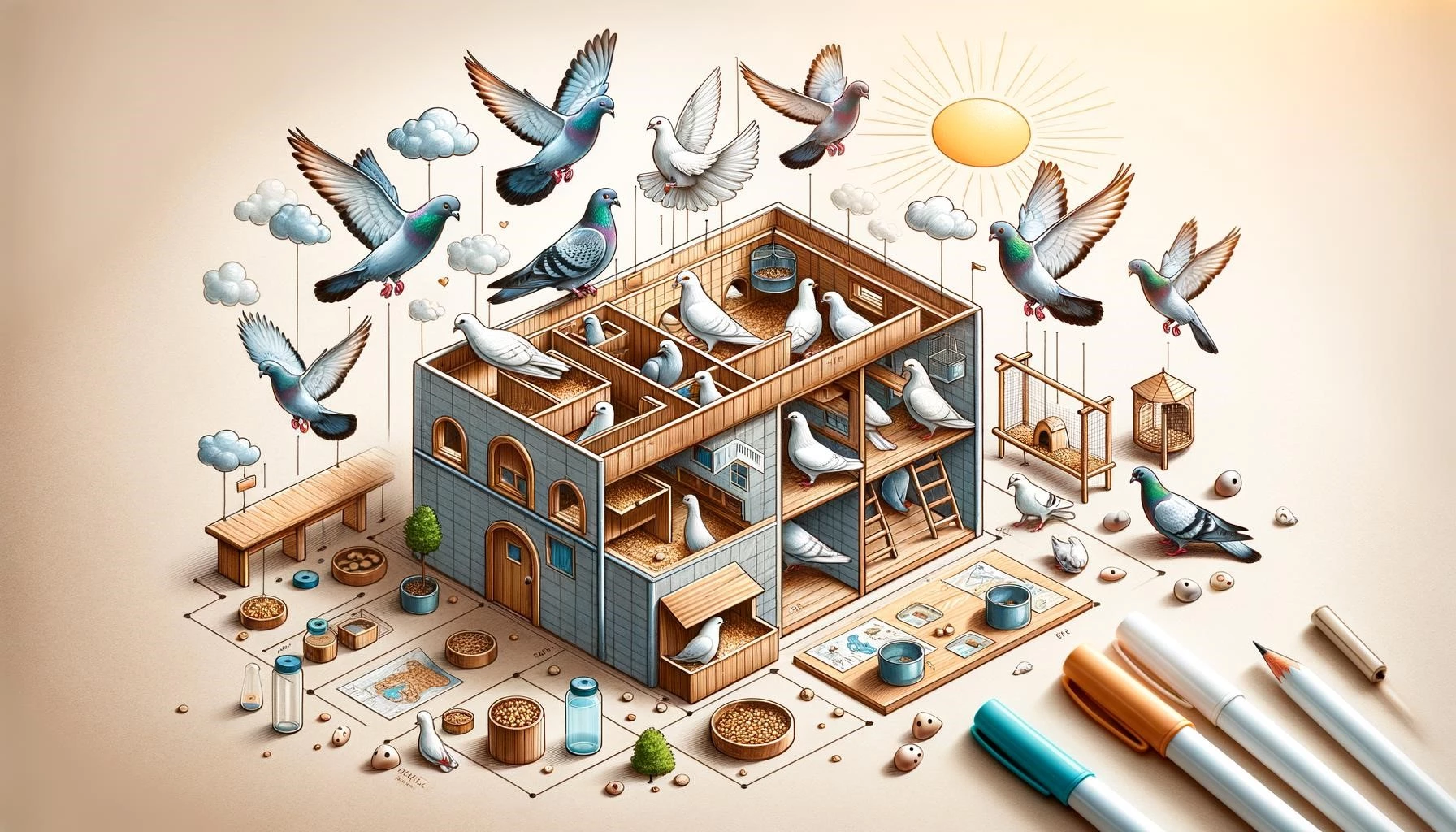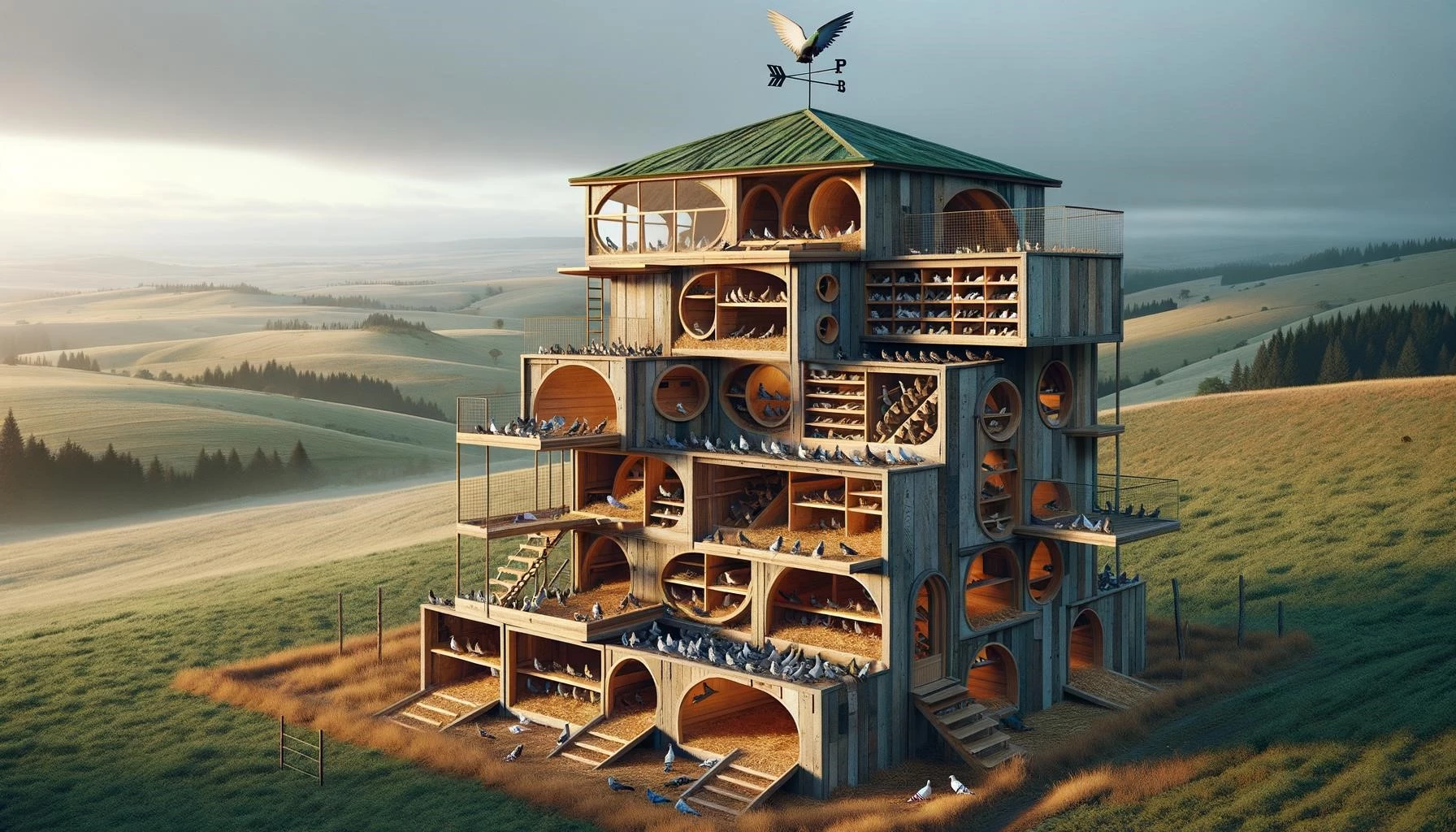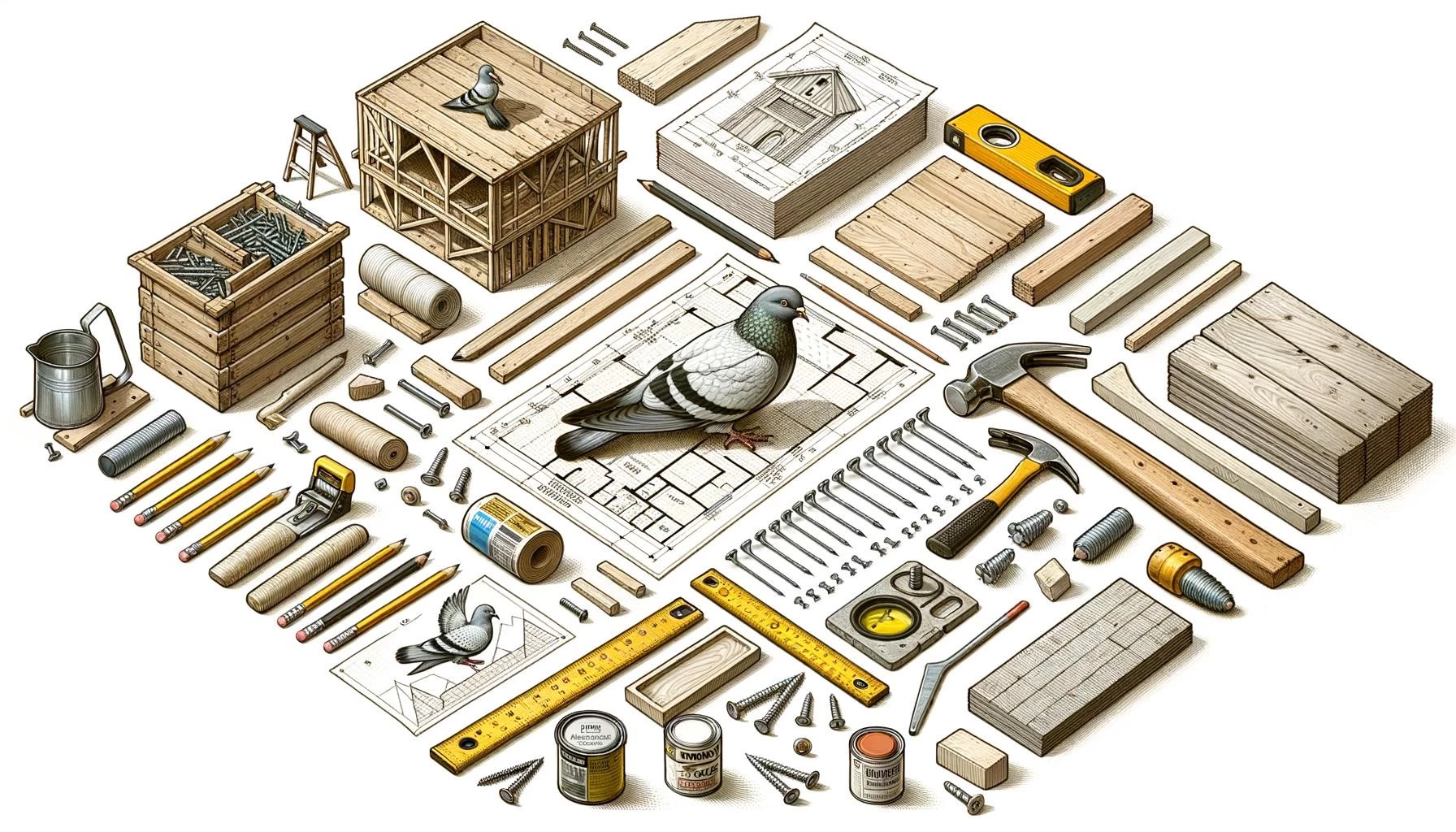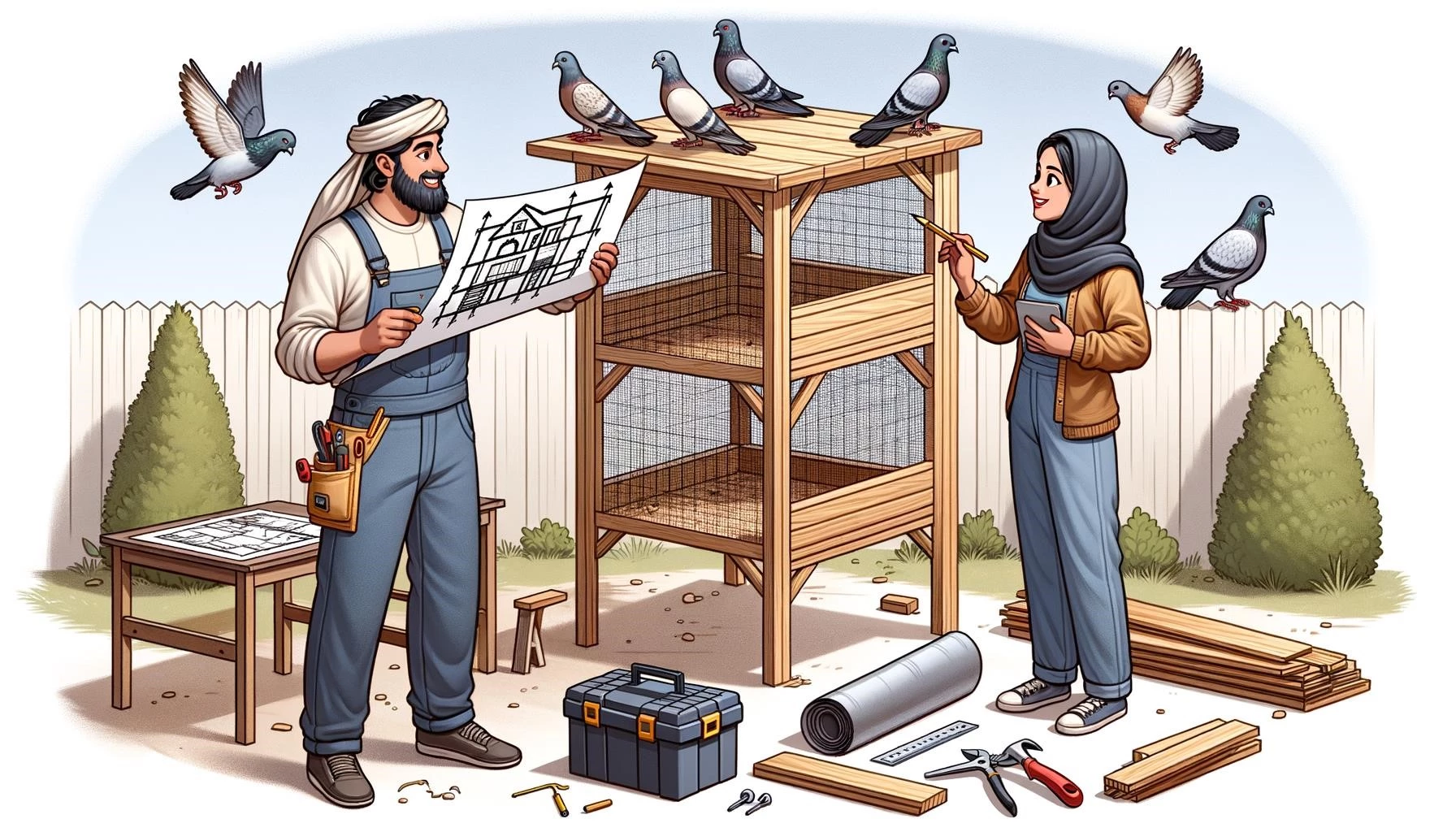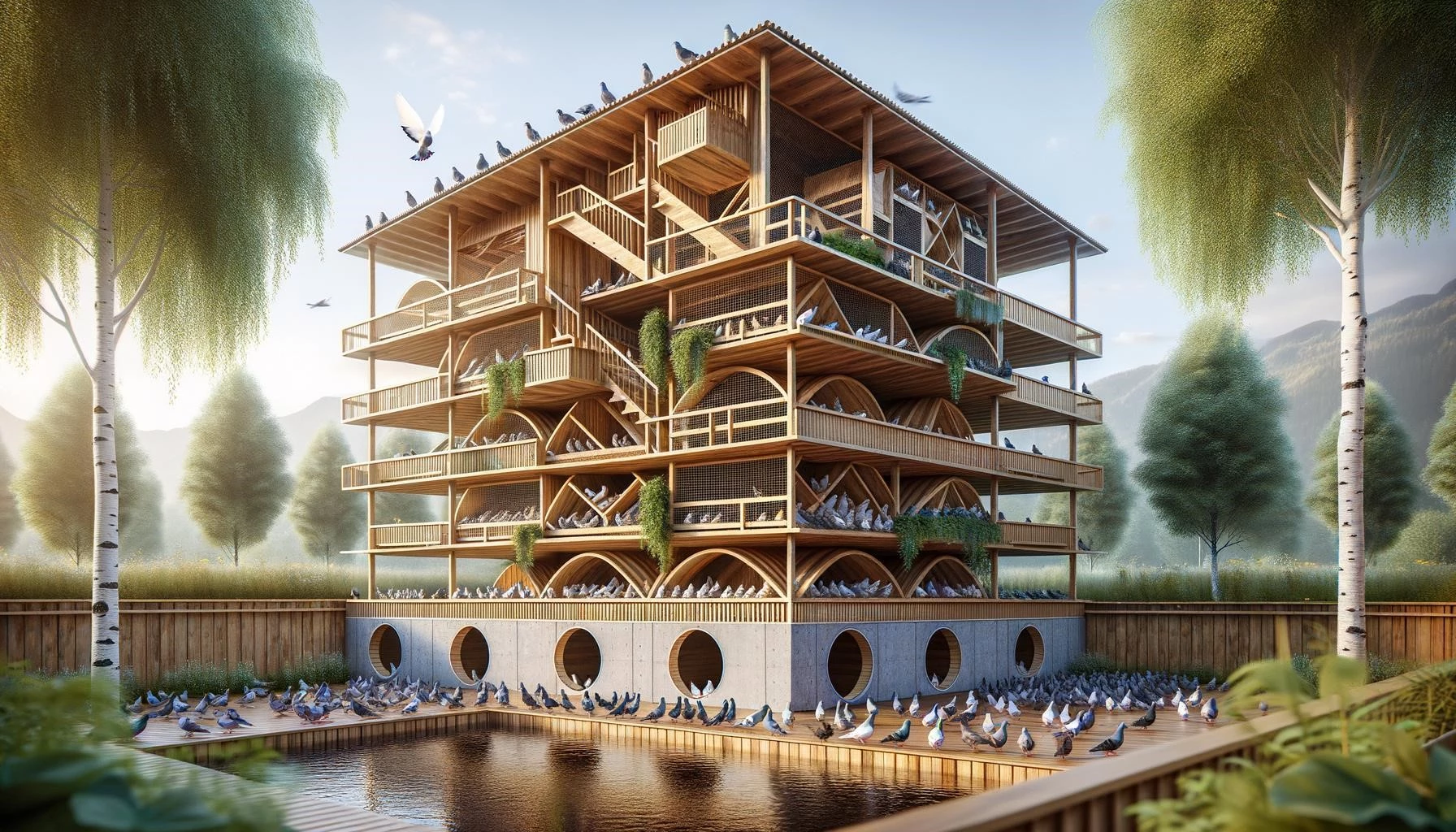Raising pigeons requires not only a passion for these incredible birds, but also a firm understanding of their housing needs. Constructing a suitable pigeon loft—factoring in aspects like size, placement, flooring, and ventilation—is crucial for their health and well-being. Additionally, the loft’s design and maintenance, from roof overhangs to partitioned compartments and regular cleaning, play a key role in creating a safe and comfortable environment. This comprehensive guide delves into these elements, providing insights that can help both novice and experienced pigeon breeders.
Key Takeaways
- A pigeon loft is a raised structure or building where pigeons are kept, providing them with a safe and secure living space.
- The size of a pigeon loft depends on the number of birds and should provide ample space to prevent injuries and disease transmission.
- Placement of the loft should be elevated, free from obstructions, and face the direction of favorable weather conditions.
- The flooring material can be wood or concrete, and the roof should overhang the walls to protect against rain.
- Features of a pigeon loft may include screened aviaries, landing boards, trap doors, nest boxes, and perches.
- Construction materials for a pigeon loft can vary, including plywood, screening, and wood.
- Maintenance is crucial, including regular cleaning, inspection of the roof and screening, and controlling the population in relation to the loft’s size.
When constructing a pigeon loft, several factors need to be considered to provide a comfortable living space for the birds:
- Size: The size of the loft should provide enough space for the number of birds and prevent overcrowding.
- Placement: The loft should be located in an elevated area, free from obstructions, to ensure the birds can return easily.
- Flooring: The choice of flooring material, such as wood or concrete, should be based on maintenance and insulation considerations.
- Ventilation: Good ventilation is important to maintain air quality and prevent the buildup of moisture and odors.
Building and Maintaining a Pigeon Loft
Building and maintaining a pigeon loft requires careful planning and attention to detail. Here are some important factors to consider:
- Elevated Structure: Raising the loft on concrete blocks or legs can protect against predators.
- Roof Overhang: The loft’s roof should extend past the walls to shield the interior from rain.
- Partitions and Compartments: Designating separate areas within the loft for breeders, young birds, and old birds can aid in organization and management.
- Traps and Landing Boards: Installing traps and landing boards allows birds to enter and exit the loft, preventing unwanted guests from entering.
- Screened Aviaries: Adding screened aviaries can provide fresh air and sunlight for the pigeons’ well-being.
- Maintenance: Regular cleaning of the loft, including daily removal of droppings, is essential for maintaining a healthy living space for the pigeons.
- Population Control: Managing the flock size within the loft’s capacity is necessary to prevent overcrowding and maintain a stable environment.




